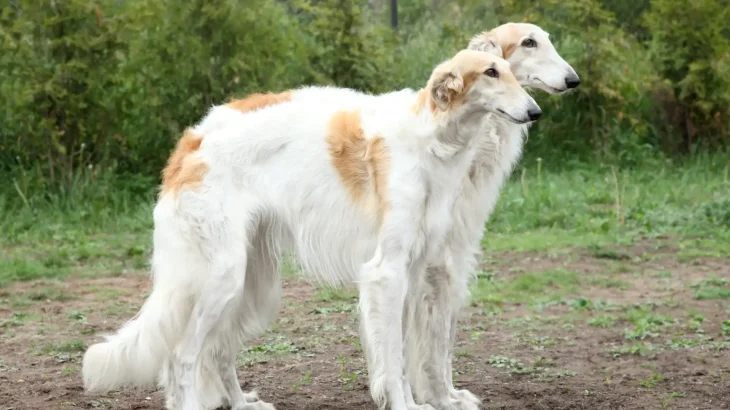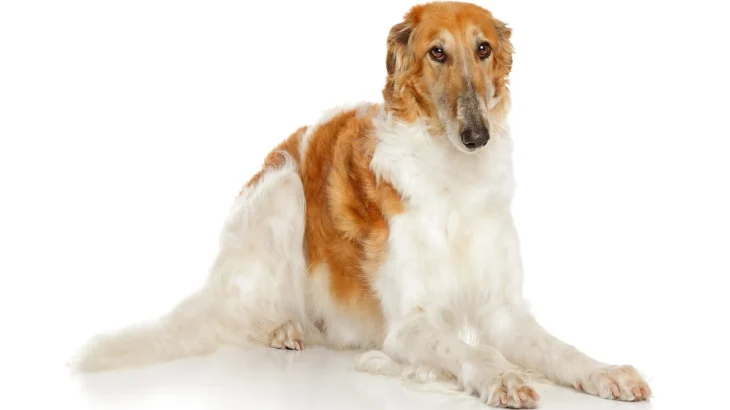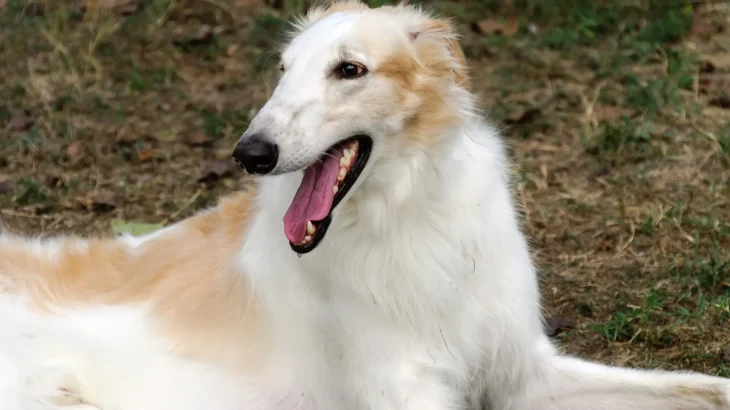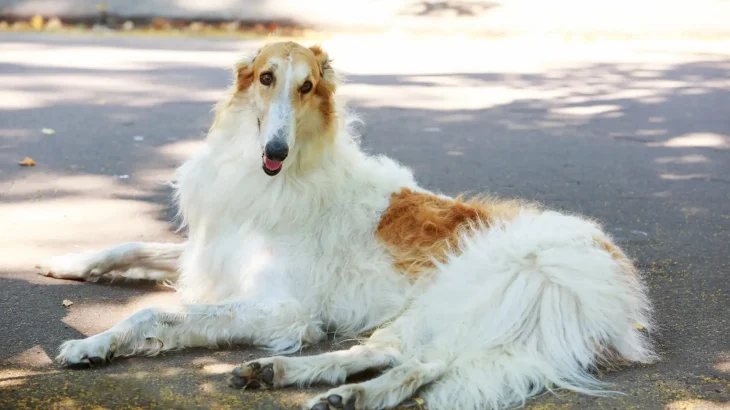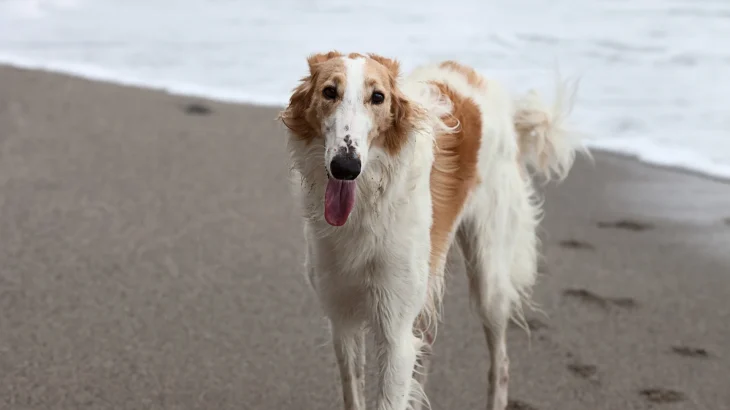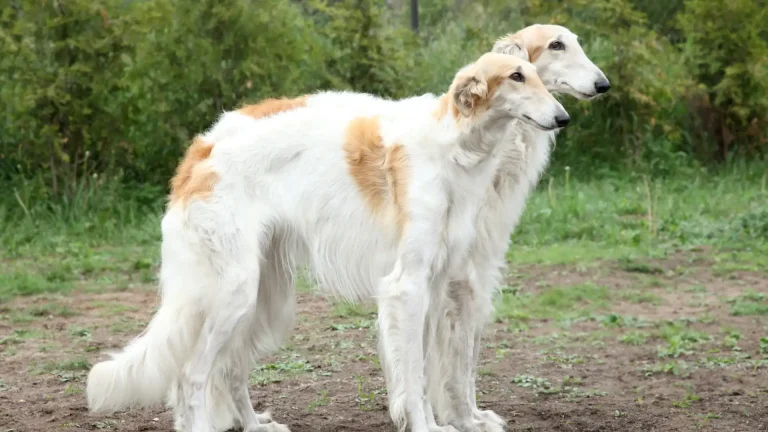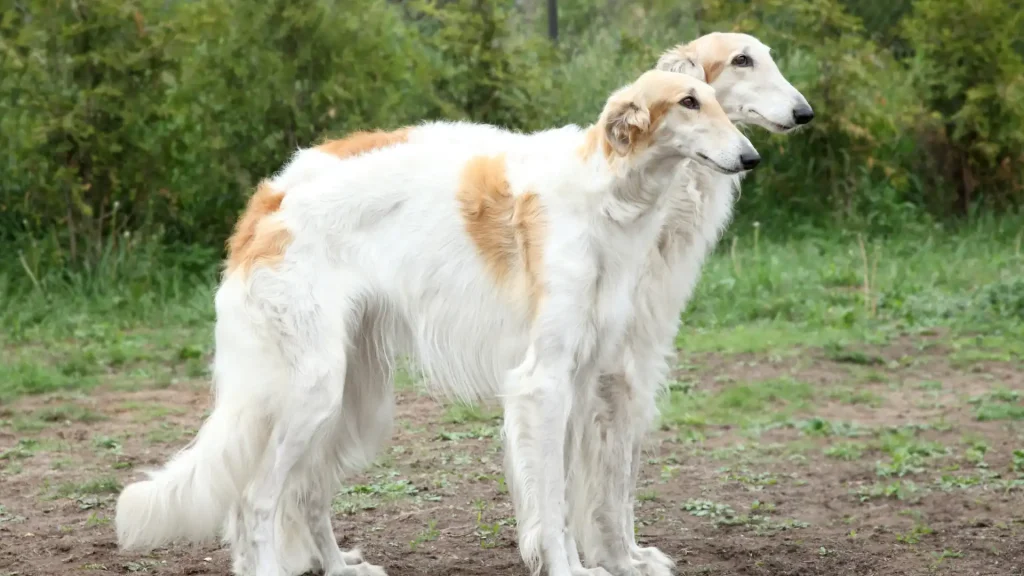Deciding whether to bring home a Russian Hound puppy through adoption or purchase depends on your priorities, like wanting a clear pedigree and health record versus giving a loving home to a dog in need. Buying from a reputable breeder usually provides certainty about breed purity and health background, while adoption offers a lovable companion with a less predictable history.
| Criteria | Buying from Breeder | Adopting from Shelter/Rescue |
|---|---|---|
| Cost | Usually higher, covering breeding costs and pedigree assurance. | Lower fees, often including initial vet care. |
| Health History | Comprehensive records and genetic screening often provided. | Health history may be limited; basic vaccinations and screenings done. |
| Age Availability | Mostly puppies, allowing early training and socialization. | Wide age range: puppies to seniors. |
| Temperament Insight | Breeders share info based on lineage and early behavior. | Shelter staff observe behavior, detailed background often unknown. |
| Supporting Practices | Supports responsible breeding when choosing ethical breeders. | Supports animal welfare and helps reduce homeless pets. |
| Breed Purity & Pedigree | Guaranteed pedigree and adherence to breed standards. | Breed purity uncertain; often mixed or undocumented lineage. |

